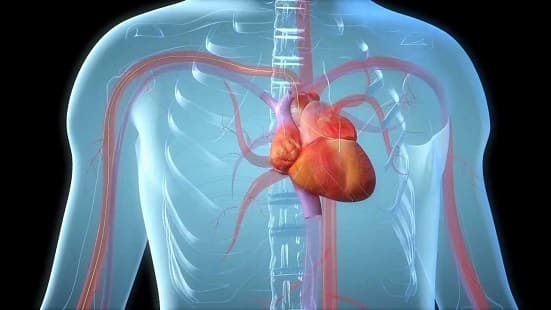Coronary angioplasty is indeed a process that is used to clear any obstructions in the flow of blood through the artery. If left untreated, these obstructions can lead to heart disease and heart attack. During an angioplasty operation, the doctor inserts a catheter into the artery that is blocked and then puts a stent or even a balloon to widen the passageway. Following heart angioplasty, your heart regains its regular blood flow and is able to function more effectively.
During an angioplasty surgery, your vascular doctor inflates a mini balloon that assists to expand your blood vessel & implants a short wire-mesh tube known as a stent that maintains the artery walls by maintaining the vessels open & decreasing the possibilities of narrowing again. Generally, this is also known as balloon angioplasty.

According to the Indian Medical Association, the average price of Angioplasty ranges between Rs 1.2 lakh and Rs 1.6 lakh.
Coronary Angioplasty operation is done by inflating a small balloon to open a blockage in the blood vessels and restore appropriate blood flow. It is performed to treat heart disease. During an angioplasty surgery, the vascular surgeon pumps up a balloon catheter, which aids in the widening of a restricted blood artery and the improvement of blood flow within the vessel.
A thin metal mesh tube also called a stent, is then implanted to strengthen the artery walls while simultaneously maintaining the vessels' large openings, depending on the conditions. This procedure is referred to as Primary Angioplasty/Stenting.
To begin, the doctor will review your medical history and perform a physical exam and testing, which may include a chest X-ray, EKG, and blood diagnostic tests.
Once that has been completed successfully, you will be sent for an imaging test known as a Coronary Angiogram and see if your blockage can be repaired with Angioplasty (coronary angioplasty). Coronary angiography is a procedure that determines whether or not the arteries leading to your heart are constricted or clogged.
The procedure known as a Coronary Angiogram, also known as a radial angiogram, involves injecting a liquid dye into the artery walls of the heart through the use of a catheter, which is a long, thin tube that is ingested through the artery from the groyne, arm, or wrist all the way up to the arteries in the heart.
As the dye travels through your arteries, it makes them visible on a computer screen, allowing your doctor to check where the arteries are obstructed.
If your doctor discovers a blockage during the Coronary Angiogram, it's indeed conceivable that he or she will decide to do Angioplasty & stenting immediately following the angiogram, while the heart is being catheterized. If this is the case, your doctor will explain the procedure to you.
Your doctor may instruct you to quit taking specific medications prior to angioplasty and to rigorously adhere to any recommendations he makes on the regulation of your current medications prior to the surgery.